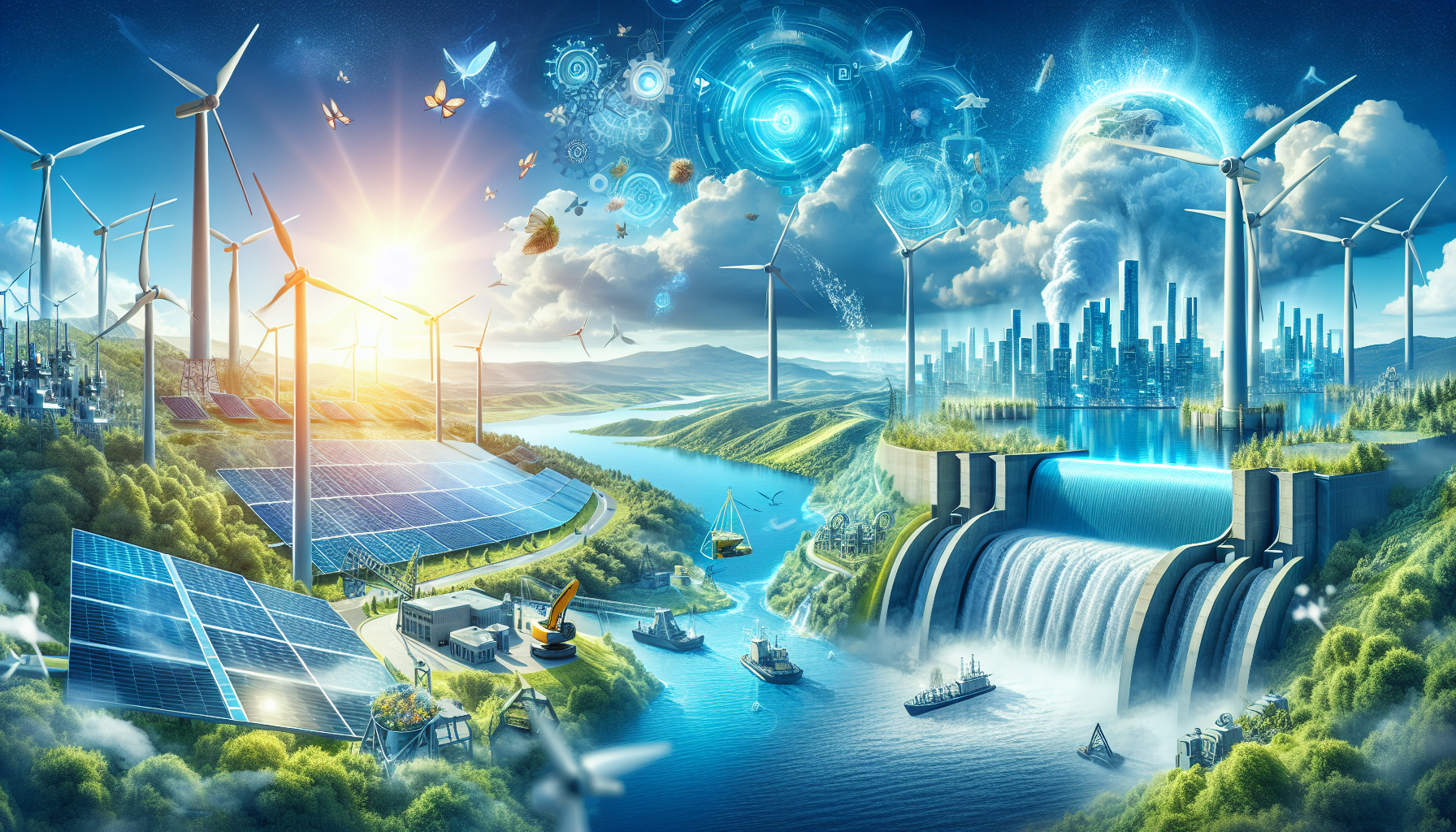As we move into the 21st century, the transition towards renewable energy sources has become a central focus in global efforts to combat climate change and decrease our dependence on fossil fuels. Advanced technologies, political determination, and environmental considerations propel the industry forward. The future of renewable energy is bright, with many innovations and developments on the horizon that promise to reshape the way we generate and consume energy.
Technological Advancements
One of the most significant driving forces behind the future of renewable energy is the continuous advancement in technology. Solar photovoltaic systems have experienced a consistent decrease in cost and an increase in efficiency, allowing for a broader implementation in both residential and commercial settings. Additionally, advancements in wind turbine design are facilitating more excellent energy capture, even in areas with lower wind speeds. Similarly, the progress in the domain of battery storage is a critical piece of this puzzle. As batteries become more efficient and cost-effective, they enhance the feasibility of storing energy generated from intermittent sources such as wind and solar, thus making renewable energy more reliable and consistent.
Integration and Grid Modernization
For renewable energy to reach its full potential, traditional power grids must be modernized to handle the variable output of green energy sources. The concept of a ‘smart grid’ plays a pivotal role in achieving this integration. With smart grids, excess energy generated during peak production times can be redistributed or stored, stabilizing the supply and bringing us closer to a future where renewable energy can support most of our electricity needs.
As grid infrastructure becomes more innovative and flexible, it will also enable a more decentralized approach to energy production, where consumers can become producers – often referred to as ‘prosumers.’ This shift not only empowers individuals but also enhances the energy system’s resilience against natural disasters or other disruptions.
Economic Growth and Job Creation
The renewable energy sector has become a significant source of economic growth and job creation, which will likely continue. As investments in renewables outpace fossil fuels, new opportunities emerge in manufacturing and installation and research and development, maintenance, and services related to the green energy sector. This economic impetus is boosted by government policies aiming to support sustainable energy development and the increasing involvement of the private sector in financing clean energy projects.
Policy and Regulation
The role of policy cannot be overstated when it comes to shaping the future of renewable energy. Regulations and incentives that encourage the development and use of renewables are essential in creating a market environment conducive to their growth. Many countries have set ambitious targets for reducing greenhouse gas emissions, and implementing renewable energy systems is critical to achieving these goals. Measures such as feed-in tariffs, tax credits, and renewable energy certificates are a few examples of policy tools promoting green energy adoption.
The Impact of Climate Change
The devastating impact of climate change is perhaps the most compelling argument for a rapid shift to renewable energy sources. Extreme weather events, rising sea levels, and other climate-related challenges urge governments and businesses to take decisive action. Renewable energy sources offer one of the most apparent pathways to reducing our carbon footprint and mitigating the effects of global warming.
Global Collaboration
The future of renewable energy is not confined to any single nation; it is inherently a global endeavor. International collaboration in research, policy harmonization, and technology transfer is crucial in accelerating the transition to a sustainable energy future. Multinational agreements and organizations facilitate the exchange of ideas and best practices, ensuring that advancements benefit not just developed nations but also developing countries that are often the most vulnerable to the impacts of climate change.
Conclusion
The future of renewable energy is poised for dramatic growth and widespread adoption. Technological advancements, economic incentives, policy support, climate change impacts, and global collaboration are the key factors shaping the trajectory of renewable energy sources in the coming years. As we face unprecedented environmental challenges, the evolution of renewables offers a beacon of hope and a roadmap to a sustainable and prosperous future for our planet.
Collaboration between government, industry, and civil society is essential to realize this potential fully. With collective effort, investment, and innovation, renewable energy sources will become more efficient and cheaper than fossil fuels and provide the foundation for a cleaner, greener, and more sustainable world for generations to come.

